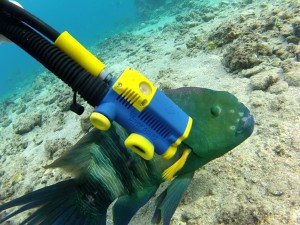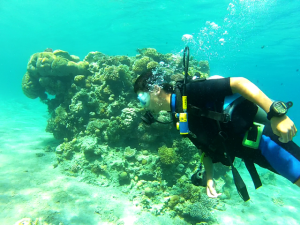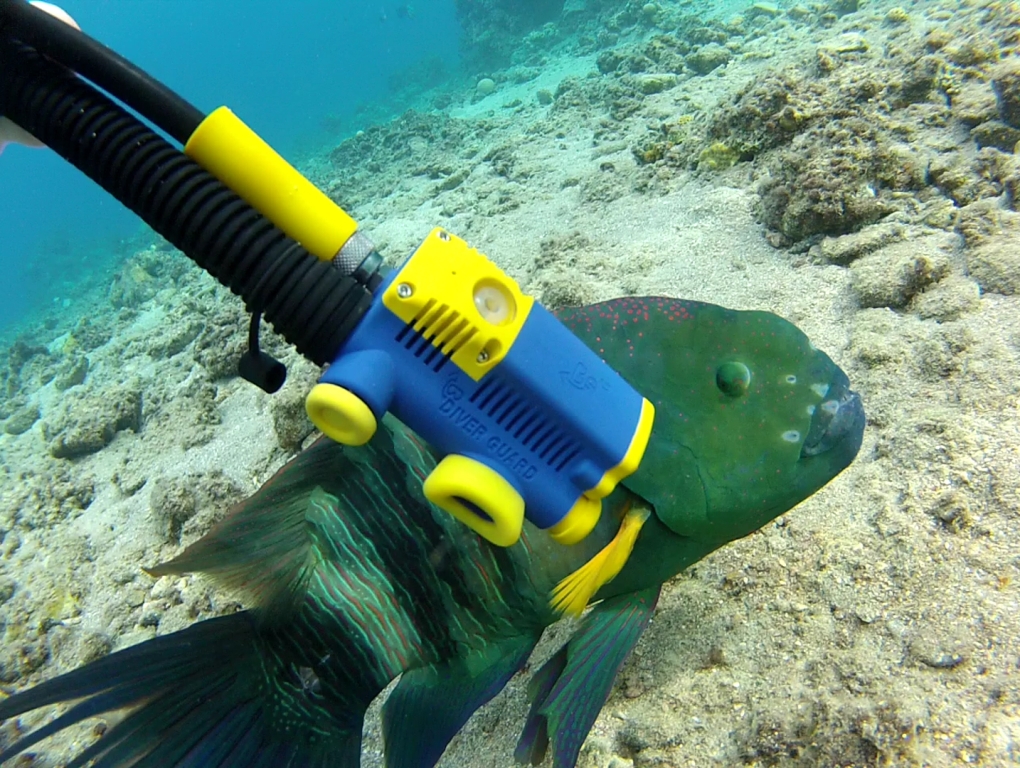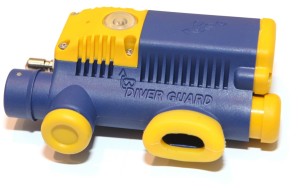Highly innovative diver safety device, DiverGuard, greatly reduces the risk of diving.
DiverGuard is designed for the automatic rescue of divers in case of respiratory distress, without the need for external intervention. This revolutionary device greatly reduces the risk of diving. In the event of distress, where a diver needs a way to make their diving buddy aware of their condition, divers can rest assured that DiverGuard is on guard. According to the “Cyprus Federation of Under Water Activities”, diving statistics from the USA, UK, Cana
da and Japans all reflect diving death rates of 15-30 per 100,000 divers per year. At least two thirds of those deaths are drowning related and could easily be prevented with the use of the DiverGuard.
“Our very important mission and top priority is to save diver’s lives, so that they don’t become another statistic in diving related fatalities,” said Netanel Raisch, DiverGuard CEO and inventor.
 DiverGuard was electronically developed by a team of engineers at the forefront of scientific development, who have prior experience developing devices for medical use and vehicle safety. Dovetailing the expertise of the electronic team, a group of experts in diving gear manufacturing led the mechanical development component. DiverGuard was designed to be very simple to use, so that no special training or outside assistance is needed in its use. DiverGuard was extensively tested in a myriad of situations to ensure the total safety of the diver. Nir Bloch, DiverGuard VP of R&D stated, “We took DiverGuard into every possible scenario and tested it rigorously to ensure the utmost reliability of the device and safety of the diver.”
DiverGuard was electronically developed by a team of engineers at the forefront of scientific development, who have prior experience developing devices for medical use and vehicle safety. Dovetailing the expertise of the electronic team, a group of experts in diving gear manufacturing led the mechanical development component. DiverGuard was designed to be very simple to use, so that no special training or outside assistance is needed in its use. DiverGuard was extensively tested in a myriad of situations to ensure the total safety of the diver. Nir Bloch, DiverGuard VP of R&D stated, “We took DiverGuard into every possible scenario and tested it rigorously to ensure the utmost reliability of the device and safety of the diver.”
Diver Guard works by monitoring the diver’s breathing. If the diver has stopped breathing or if the breathing is distressed in any way, DiverGuard sounds and alarm and flashes a light to alert the diver. If the diver does not hit the reset button within seven seconds, DiverGuard automatically inflates the Buoyancy Compensator which floats the diver to the surface.
 According to the American Heart Association’s recommendation, as soon as respiratory distress is identified, the diver should be brought to the surface as quickly as possible: it is preferable to provide urgent ventilation than to prolong oxygen deprivation in order to surface gradually. While it may be dangerous to ascend to the surface too fast, in emergency situations its best to get the person who is not breathing underwater to the surface as quickly as possible. The dangers posed for one not breathing under water are far greater than those of rapid ascent.
According to the American Heart Association’s recommendation, as soon as respiratory distress is identified, the diver should be brought to the surface as quickly as possible: it is preferable to provide urgent ventilation than to prolong oxygen deprivation in order to surface gradually. While it may be dangerous to ascend to the surface too fast, in emergency situations its best to get the person who is not breathing underwater to the surface as quickly as possible. The dangers posed for one not breathing under water are far greater than those of rapid ascent.
To learn more about DiverGuard and how this cutting edge diver safety device works, visit http://www.diverguard.com







